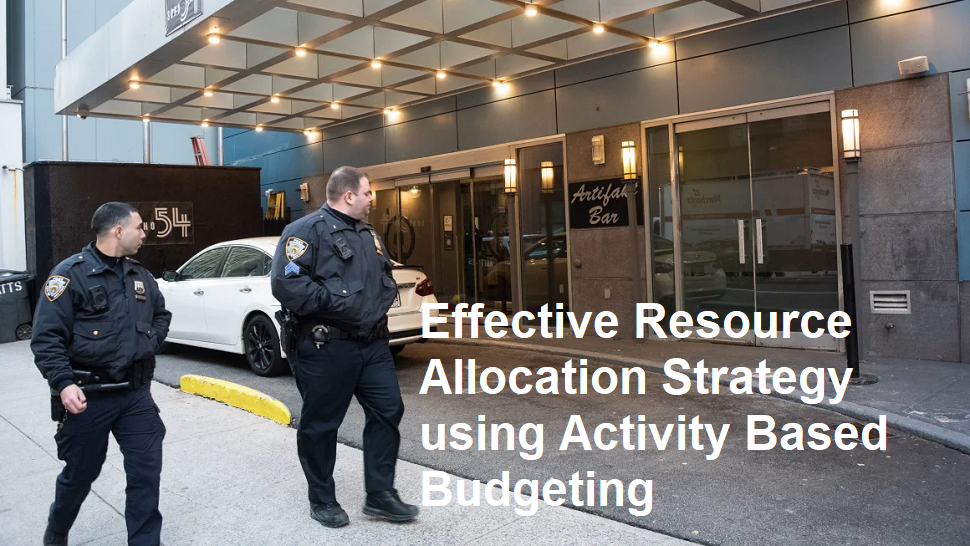Hey, guys! What’s up? I’ve been diving deep into some seriously geeky macroeconomics lately I know, I know, snooze fest, right? But stick with me because today we’re talking about something called a Liquidity Trap, and honestly, it’s the economic equivalent of a horror movie for central banks.
Think about it, The whole point of a central bank (like the Fed in the US) is to keep the economy ticking over nicely. When things slow down, what do they usually do? They slash interest rates! Make borrowing super cheap to get people and businesses spending.
The Big Problem, When Zero Isn’t Enough
A Liquidity Trap is when that magic trick stops working. Essentially, it’s a super weird scenario where interest rates are already near zero, but people and banks still aren’t lending or spending. They’re just hoarding cash. Why? Because they’re absolutely terrified! They see economic risks everywhere future deflation, potential crises so they decide cash is king, even though holding cash doesn’t earn them squat.
This is the central bank’s nightmare. They’ve run out of ammo! They can’t lower rates any further, and the economy is still sputtering. You’re trying to push on a string, and it just won’t budge. That’s the trap.
So, how does this sticky situation impact monetary policy? It makes it powerless. The traditional tool (interest rates) is broken. Policymakers have to resort to extreme, often politically tricky, measures like Quantitative Easing (QE) basically, printing money and buying up assets. Risky stuff, huh?
How to Beat the Trap, We Need to Think Smarter, Like Buffett
Okay, so the big boys on Wall Street and in government have their issues. But what about us? How do we protect our portfolios and sanity when the whole financial world is acting so bizarre? Honestly, my personal mantra is, Forget the noise and just invest like Warren Buffett. His principles are actually the perfect antidote to the uncertainty a Liquidity Trap breeds.
1. Invest In Yourself, You’re the Ultimate ‘Moat’
Look, when the economy is wonky and inflation is a threat (or deflation is a fear), the absolute best thing you can own isn’t a stock, a bond, or a house. It’s your own skill set. Think about it, Inflation can’t tax your brain, and a market crash can’t steal your knowledge.
My take? I’ve seen so many people stress over daily market moves, but they won’t spend $100 on a course or a book that could literally upgrade their earning power forever. It’s nuts! Investing in my own abilities has always had the highest, most reliable return of anything I’ve ever done. You’re your best asset, hands down.
Dedicate an hour this week to learn a new, high-demand skill. Future you will thank you.
2. Think Like an Owner, Not a Stock Trader
In a world where central banks are scrambling and markets are volatile (partly because of those extreme policies!), you need stability. Buffett preaches buying businesses with a strong ‘economic moat.’ That means they have a huge, sustainable competitive advantage like a brand name, a unique technology, or low production costs that competitors just can’t breach.
When I buy a stock, I’m not thinking about where it’ll be next Tuesday, I’m thinking, “Do I want to own this entire business for the next 10 years?” If you focus on buying quality businesses, you can completely ignore the daily, manic swings that make the average trader lose sleep. Don’t rent stocks, own companies. It’s a total game-changer for peace of mind.
Identify one company in your portfolio and write down, in one sentence, why its ‘moat’ is impossible to cross.
3. Margin of Safety, Your Financial Seatbelt
This is arguably the most crucial principle when the economy is in a scary place like a Liquidity Trap. The Margin of Safety is just buying a dollar bill for fifty cents. You buy assets significantly below their estimated intrinsic value.
Honestly, we all make mistakes. I’ve certainly made some howlers! This principle is your financial seatbelt, it protects you from your own incorrect calculations or unexpected bad news. If you buy a business that’s worth $100 for only $60, you’ve built in a huge cushion. Even if things go wrong, you’re still likely to come out okay. Never overpay, especially when uncertainty is high.
Before your next investment, calculate its maximum potential downside and ensure you can sleep soundly with that risk.
4. Be Fearful When Others Are Greedy (And Vice Versa)
This is the classic, right? But it’s so relevant to a market trapped by policy. When everyone is euphoric and prices are astronomical (that’s the “greedy” part), you need to have the self-control to pull back. And conversely, when a market panic hits maybe sparked by central bank missteps or a bad QE outcome that’s when you need to be brave.
Here’s my ‘controversial’ tip, Always have some cash ready! Not a massive amount, but enough to act decisively. When the market throws a tantrum and sends quality businesses on sale, you don’t want to be scrambling to sell something else. Cash is the dry powder you use to buy amazing assets at ridiculous discounts. You wouldn’t believe how many great opportunities I’ve missed because I was fully invested. Don’t be me!
Establish a dedicated ‘opportunity fund’ (cash pile) for market crashes and commit to never touching it otherwise.
Look, understanding the Liquidity Trap is cool and all it makes you sound smart at parties. But ultimately, what matters is what you do with your own money. The big lesson here is that when the system is strained, we can’t rely on central banks to bail us out with perfect policy. We need to be self-reliant, patient owners of quality assets, and financially disciplined. Don’t panic, don’t follow the crowd, and for heaven’s sake, invest in your own damn brain.
Stay smart, stay safe, and let’s crush this market!












